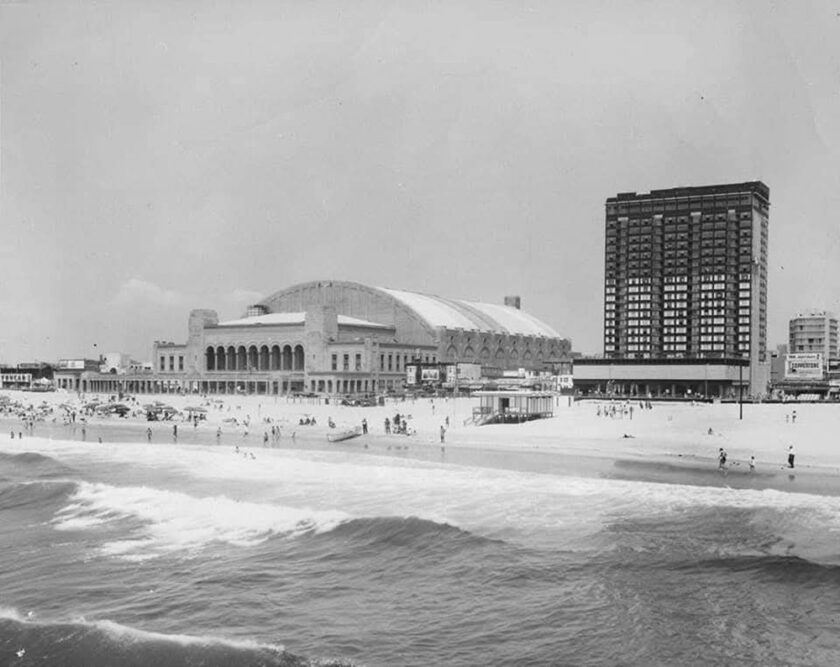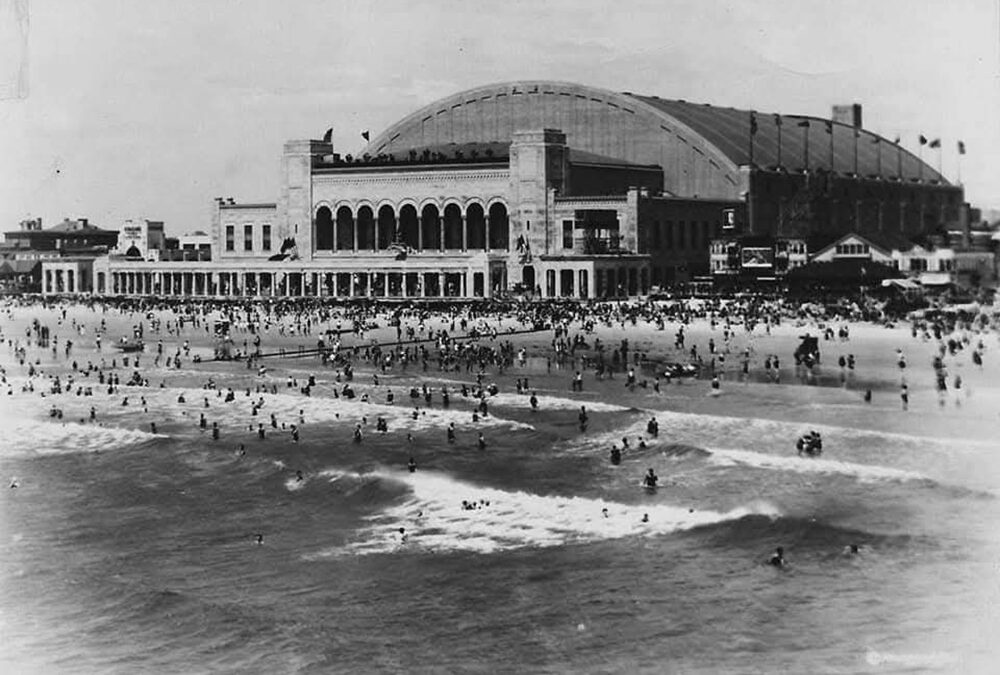In 1929, the same year the Great Depression began, Atlantic City opened the doors to what was then the world’s largest auditorium and convention hall. Built by the municipal government at a cost of $15 million, the massive structure—known today as Jim Whelan Boardwalk Hall — occupied an entire city block, spanning seven acres along the Boardwalk.
At the time, Boardwalk Hall could seat 41,000 people in its main auditorium—nearly two-thirds of the city’s 66,000 residents. The venue also boasted the world’s largest stage, an ice-skating rink, and a spacious ballroom capable of holding up to 5,000 guests.
An architectural marvel, the building was designed with state-of-the-art features for its time. A specially engineered acoustic system allowed a whisper from one end of the hall to be heard clearly at the other. The main ballroom housed what remains the largest pipe organ in the world, with more than 32,000 pipes suspended along 350-foot ceiling trusses.
The hall also included an advanced heating and ventilation system, with the air completely replaced every seven minutes—filtered and cooled in summer and heated in winter. For trade shows and exhibitions, the building accommodated steam trains at its ground-floor entrances and featured ramps and elevators capable of transporting cars and heavy machinery directly onto the floor.

Over the decades, Boardwalk Hall has served a wide range of purposes: hosting the Miss America Pageant, the Ice Capades, football and basketball games, midget car races, wrestling tournaments, minor league ice hockey, and even a three-ring circus. During World War II, it was repurposed as a U.S. Army training center.
In 1945, Convention Hall was among the locations considered to serve as the interim headquarters of the newly formed United Nations. A delegation representing China, France, Yugoslavia, Russia, Uruguay, Iraq and Great Britain toured the site as part of the selection process.
Now renamed in honor of the late New Jersey State Senator and Atlantic City civic leader Jim Whelan, the iconic venue remains a vital part of the city’s skyline and cultural identity.
Credit Real Brigantine
















